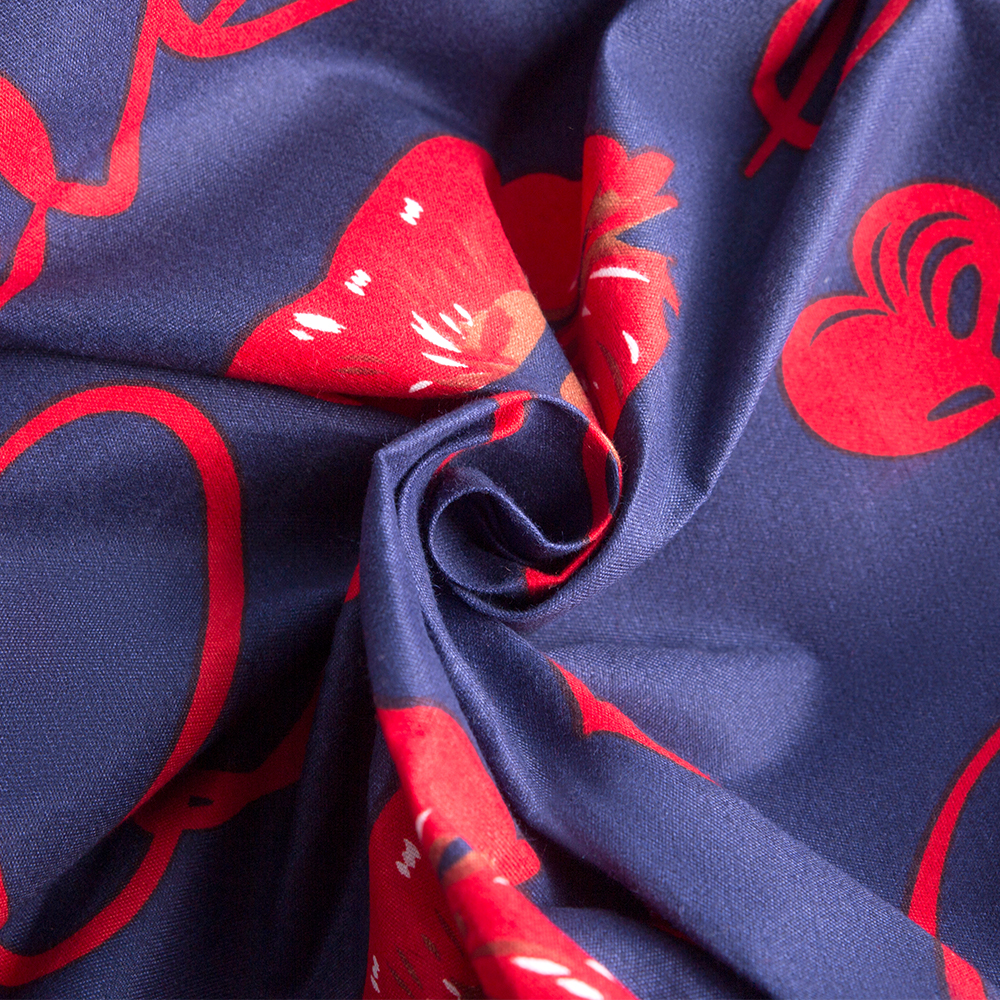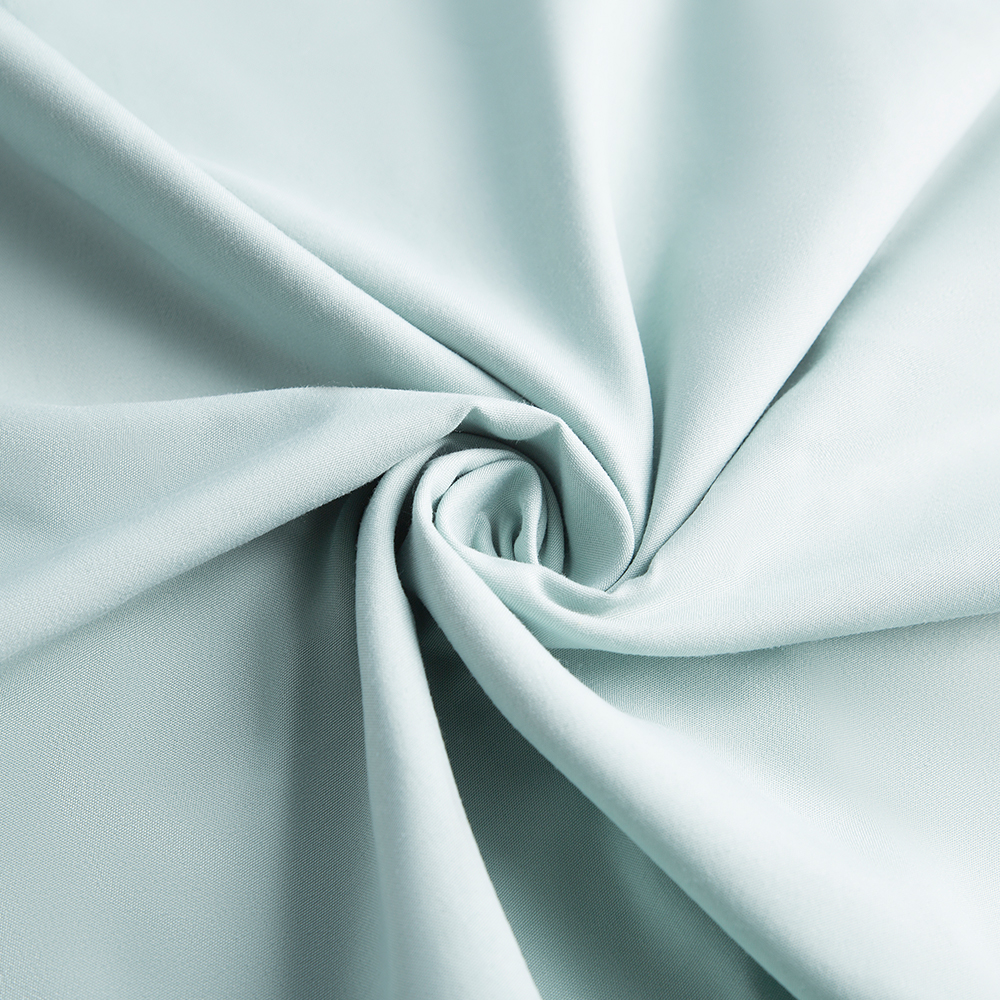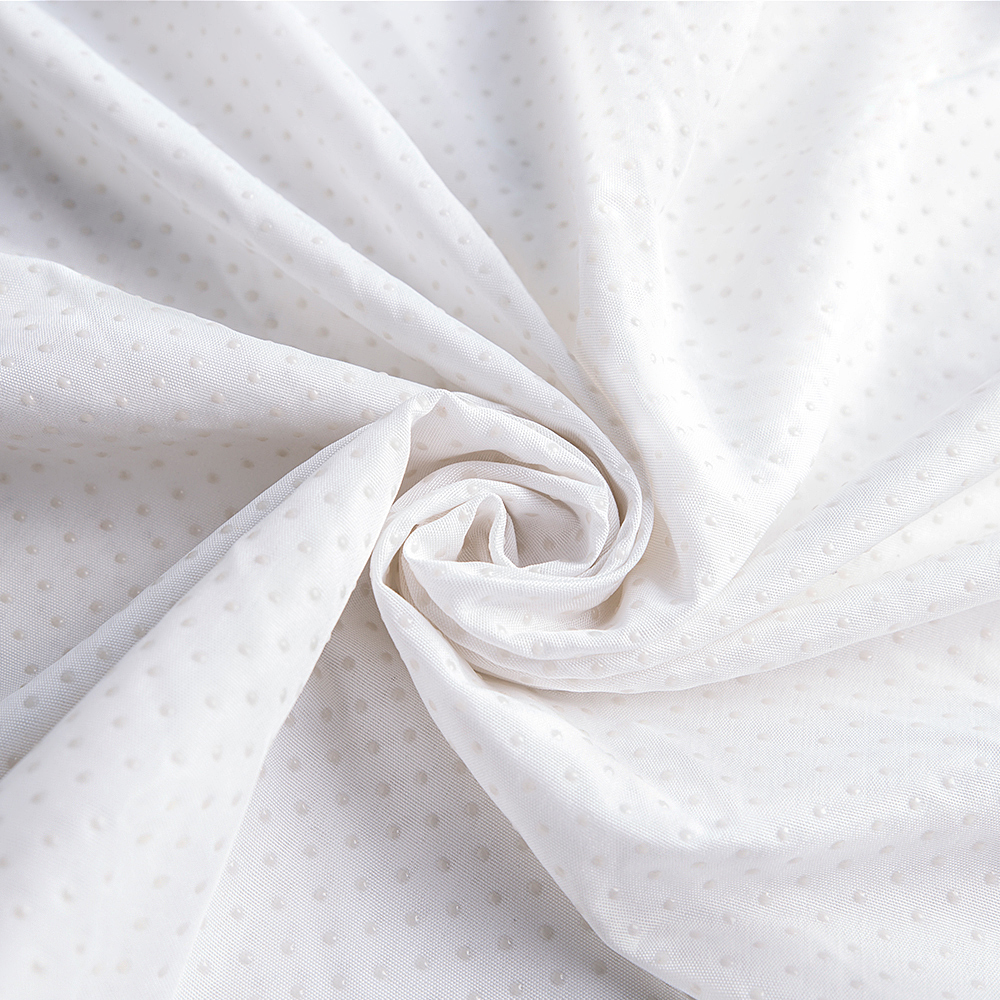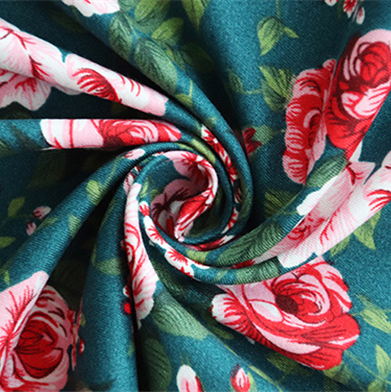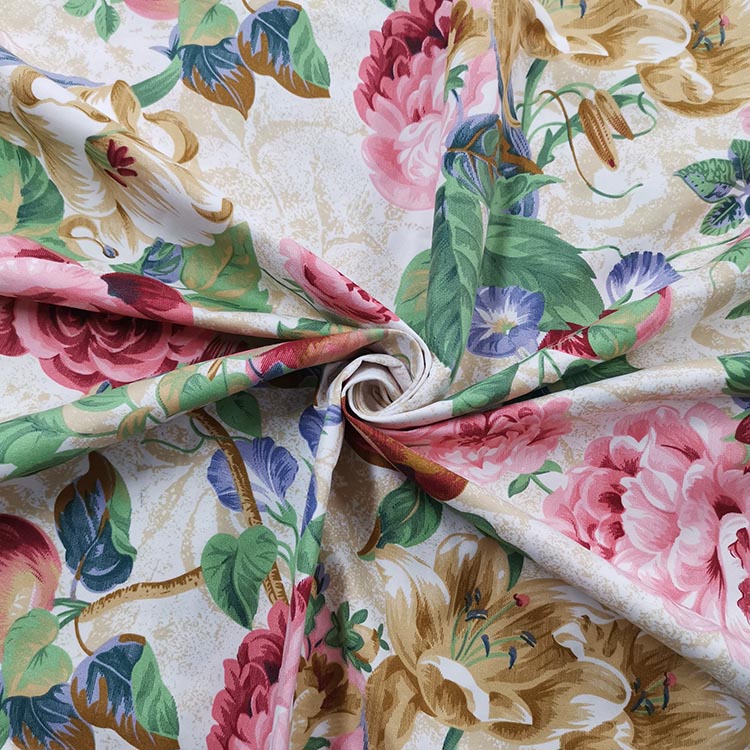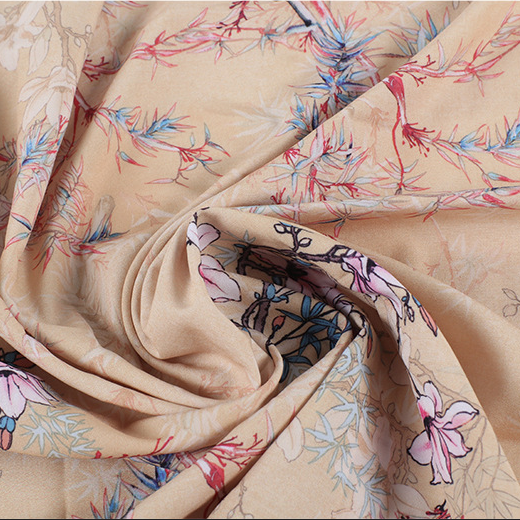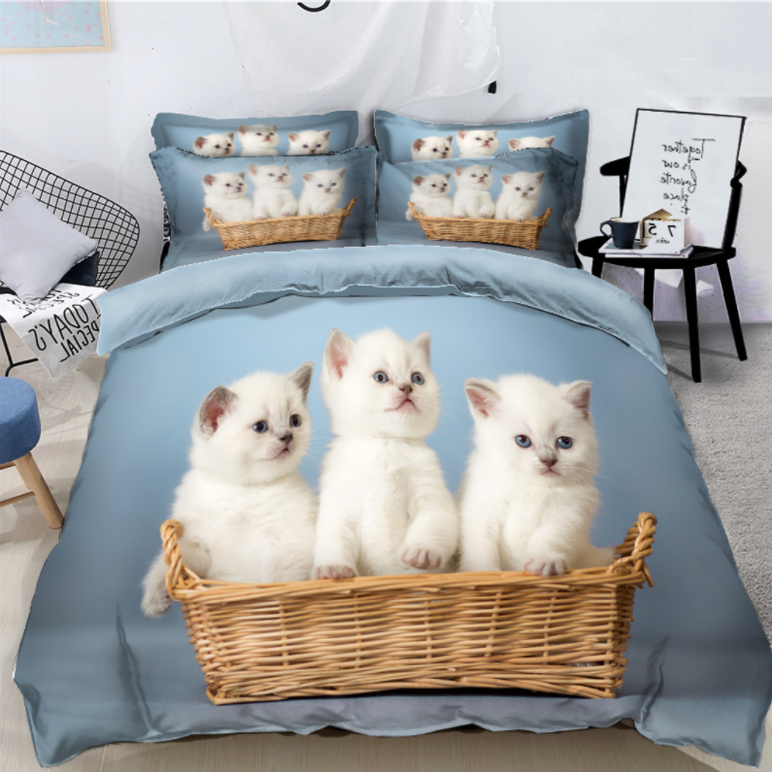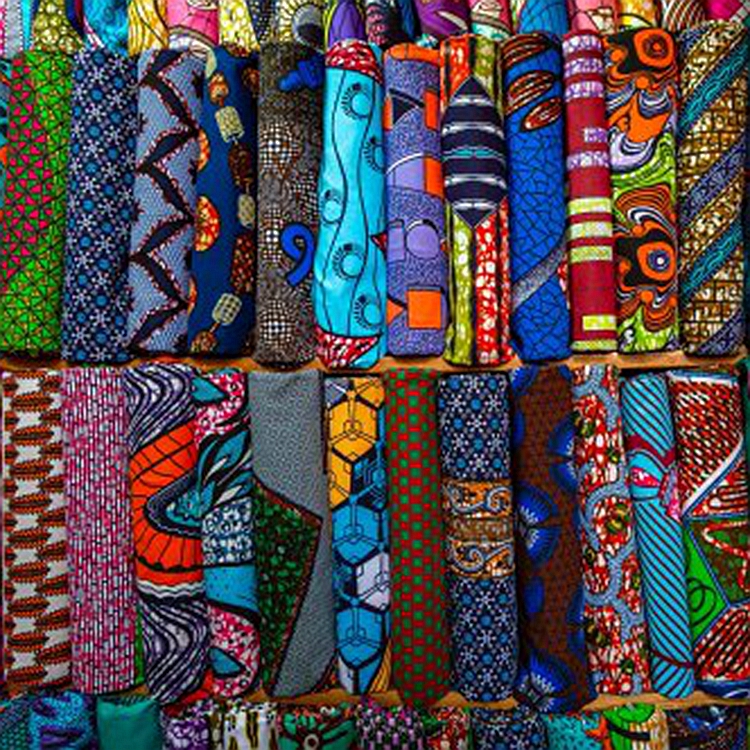Polyester is one of the most commonly used synthetic fibers in the textile industry due to its versatility, durability, and affordability. Among the various forms of polyester fabrics, polyester blank fabric stands out as a versatile material widely used in both indoor and outdoor applications. This fabric, typically unadorned and without any dyes or patterns, is often employed as a base for custom printing, embroidery, or as an upholstery material.
The question of whether polyester blank fabric can be used for outdoor applications is common due to the fabric’s varying performance characteristics. While polyester is known for its strength and resistance to moisture, there are other factors—such as UV resistance, water resistance, and the fabric’s weight—that determine its suitability for outdoor use. This article explores how polyester blank fabric performs in outdoor environments and the considerations one must take into account before using it in such applications.
1. Understanding Polyester Blank Fabric
Polyester blank fabric refers to a plain or undyed polyester fabric that is typically used as a base material for a variety of applications. The fabric is often sold in large rolls and can be processed into a variety of forms depending on its intended use, including apparel, home furnishings, and outdoor gear.
The primary characteristics of polyester blank fabric include:
- Durability: Polyester is a strong and resilient fiber, known for its abrasion resistance and ability to hold up to wear and tear.
- Moisture resistance: Polyester naturally resists moisture, which makes it less prone to absorbing water than other fabrics, such as cotton.
- Quick drying: Because of its resistance to water, polyester blank fabric dries quickly when exposed to moisture.
- Wrinkle resistance: Polyester tends to retain its shape and resists wrinkles, making it low-maintenance and easy to care for.
- Lightweight: Polyester blank fabric is relatively lightweight, which can be an advantage in certain outdoor applications.
While polyester blank fabric has several inherent benefits, its suitability for outdoor use depends on a few important factors, which we will explore in more detail.
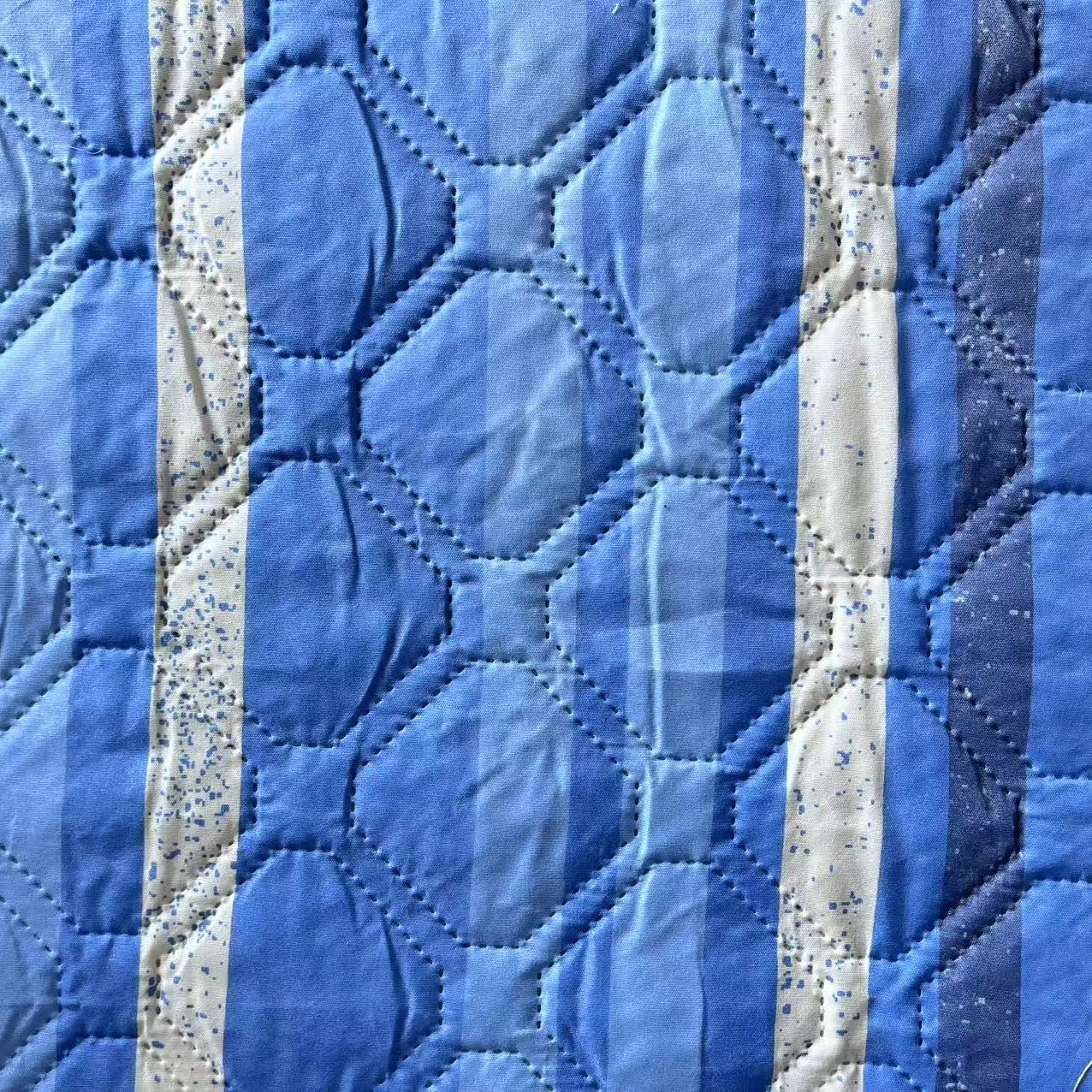
2. Polyester Blank Fabric and Outdoor Applications
Outdoor applications place specific demands on fabrics due to the environmental factors they are subjected to, including exposure to sunlight, moisture, and wind. For polyester blank fabric, its ability to withstand outdoor conditions is largely determined by its composition and any additional treatments it undergoes. Below are the key factors to consider when determining if polyester blank fabric is suitable for outdoor use:
2.1 UV Resistance
One of the most significant challenges for fabrics used outdoors is exposure to ultraviolet (UV) radiation from the sun. Over time, UV exposure can degrade many fabrics, causing them to fade, weaken, and lose their structural integrity.
Polyester, by its nature, is more resistant to UV degradation than natural fibers such as cotton. However, untreated polyester fabric (like most blank fabrics) is not completely immune to UV damage. Over long periods of exposure to direct sunlight, the fibers can begin to degrade, resulting in fabric that loses its strength and color.
To improve the UV resistance of polyester blank fabric for outdoor use, manufacturers often treat the fabric with a UV-resistant finish or coating. This treatment helps prevent sun damage, making polyester fabric more suitable for outdoor applications such as patio cushions, awnings, outdoor curtains, or tents.
Conclusion on UV Resistance:
Polyester blank fabric can perform well outdoors in sunny environments, but it may require UV protection treatment to extend its lifespan in direct sunlight.
2.2 Water Resistance and Moisture Management
Polyester is naturally moisture-wicking, which means it does not absorb water as readily as cotton or other natural fibers. This quality makes polyester blank fabric resistant to water and highly suitable for outdoor environments where exposure to rain or damp conditions is common.
However, polyester fabric is not inherently waterproof. While it resists water to a certain extent, water can still penetrate the fabric if it is exposed to moisture for extended periods. To enhance its water resistance, polyester blank fabric can undergo treatments such as water-repellent coatings or laminations. This treatment prevents water from soaking into the fabric, making it ideal for outdoor applications like outdoor furniture covers, tarps, raincoats, and camping gear.
Additionally, polyester’s moisture-wicking property allows it to dry quickly when exposed to moisture, which is an important consideration for outdoor gear that needs to be dried and packed away quickly.
Conclusion on Water Resistance:
Polyester blank fabric performs well in moisture-rich outdoor environments but may need additional treatments for waterproofing in applications like outdoor furniture covers or rainproof garments.
2.3 Durability and Abrasion Resistance
The durability of polyester blank fabric is one of its greatest advantages. Polyester is known for being abrasion-resistant, meaning it can withstand friction without easily showing signs of wear. This makes it highly suitable for outdoor applications that involve frequent contact or movement, such as in outdoor seating or sportswear.
Polyester also retains its shape and strength even after long-term use in harsh outdoor conditions. Whether exposed to wind, rain, or regular handling, polyester fabric tends to maintain its structural integrity.
However, certain outdoor applications that involve high levels of abrasion, such as outdoor carpeting or tents, may require the fabric to undergo additional reinforcement to increase its resistance to wear and tear. Polyester ripstop fabric, for example, is designed specifically for this purpose.
Conclusion on Durability:
Polyester blank fabric is highly durable and can withstand harsh outdoor conditions, although it may need reinforcement for high-abrasion applications.
2.4 Breathability and Comfort
When it comes to outdoor applications like clothing or bedding, comfort and breathability are essential factors to consider. Polyester is a synthetic fabric, and like most synthetics, it is generally less breathable than natural fabrics like cotton. This can lead to discomfort, especially in hot, humid conditions.
However, advancements in polyester fabric technology, such as the development of microfiber polyester or mesh polyester, have made it possible to create breathable polyester fabrics that are better suited for outdoor wear and use. Polyester blank fabric can also be blended with other materials, like cotton or elastane, to enhance its breathability while maintaining its durability.
Conclusion on Comfort:
While polyester is not as breathable as natural fibers, it can be used in outdoor applications when breathability is not a major concern or when blended with other fabrics to enhance comfort.
3. Common Outdoor Applications of Polyester Blank Fabric
Polyester blank fabric, with its many advantages, is widely used in various outdoor applications. Some common uses include:
- Outdoor furniture cushions: Polyester blank fabric is often used as a base material for outdoor furniture cushions, providing durability, resistance to UV rays, and moisture resistance.
- Tents and camping gear: Polyester fabric is commonly used in the production of tents, tarps, and sleeping bags because of its quick-drying properties and water resistance.
- Outdoor upholstery: Polyester blank fabric is ideal for outdoor upholstery due to its ability to withstand the elements while remaining durable and easy to clean.
- Outdoor clothing: Many types of sportswear and activewear are made from polyester fabrics, which provide moisture-wicking, quick-drying, and durable performance for outdoor enthusiasts.
4. Conclusion
Polyester blank fabric offers several key benefits that make it suitable for a wide range of outdoor applications. Its durability, moisture resistance, and quick-drying properties make it a strong contender for use in environments where outdoor conditions—like sun, rain, and wind—are a concern.
However, for optimal performance, polyester blank fabric may require UV protection and waterproof coatings, especially for applications that involve prolonged exposure to sunlight and moisture. Additionally, while polyester fabric is relatively comfortable for outdoor wear, its breathability can be enhanced when blended with other fibers.
In conclusion, polyester blank fabric can certainly be used for outdoor applications, provided it is treated or blended with additional materials to meet the specific needs of each use case. Whether you’re designing outdoor cushions, tents, sportswear, or upholstery, polyester blank fabric offers a cost-effective and durable solution that performs well in many outdoor environments.





 English
English
 中文简体
中文简体

